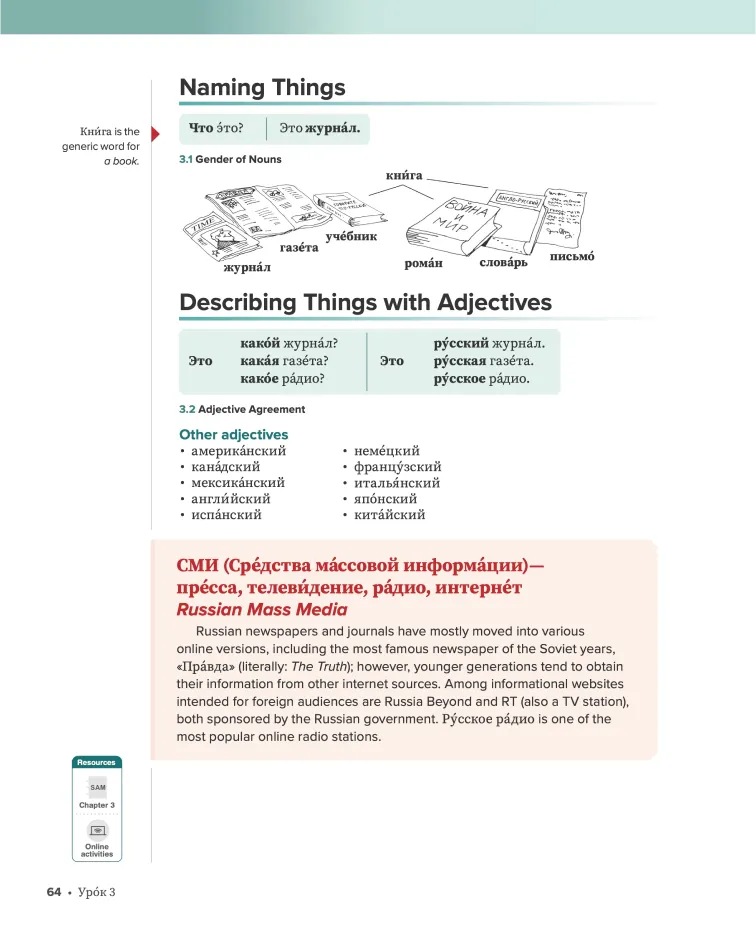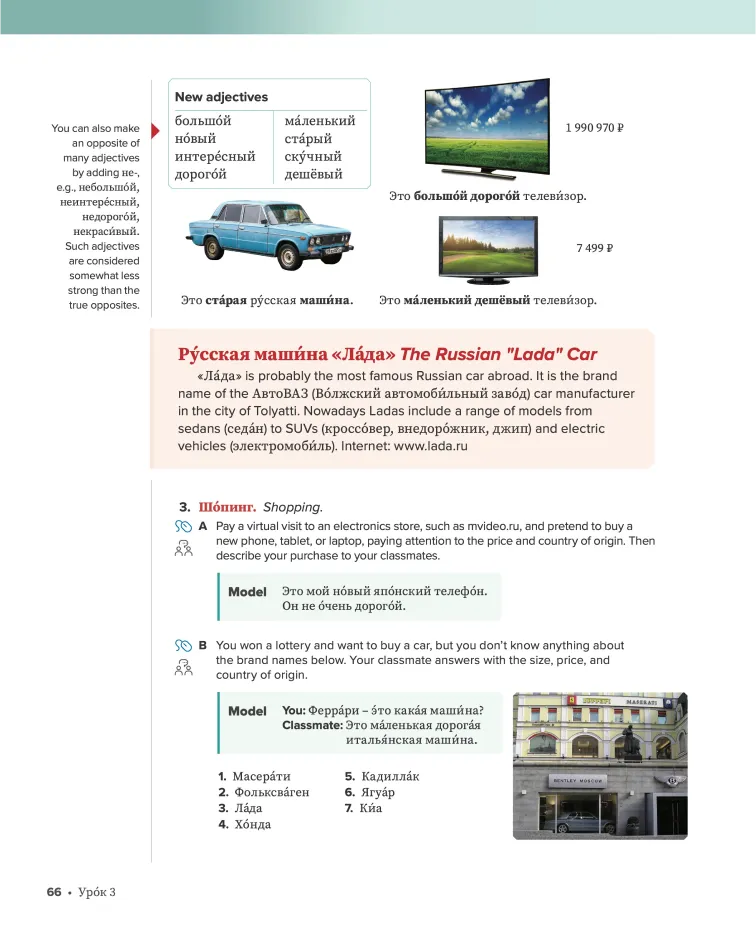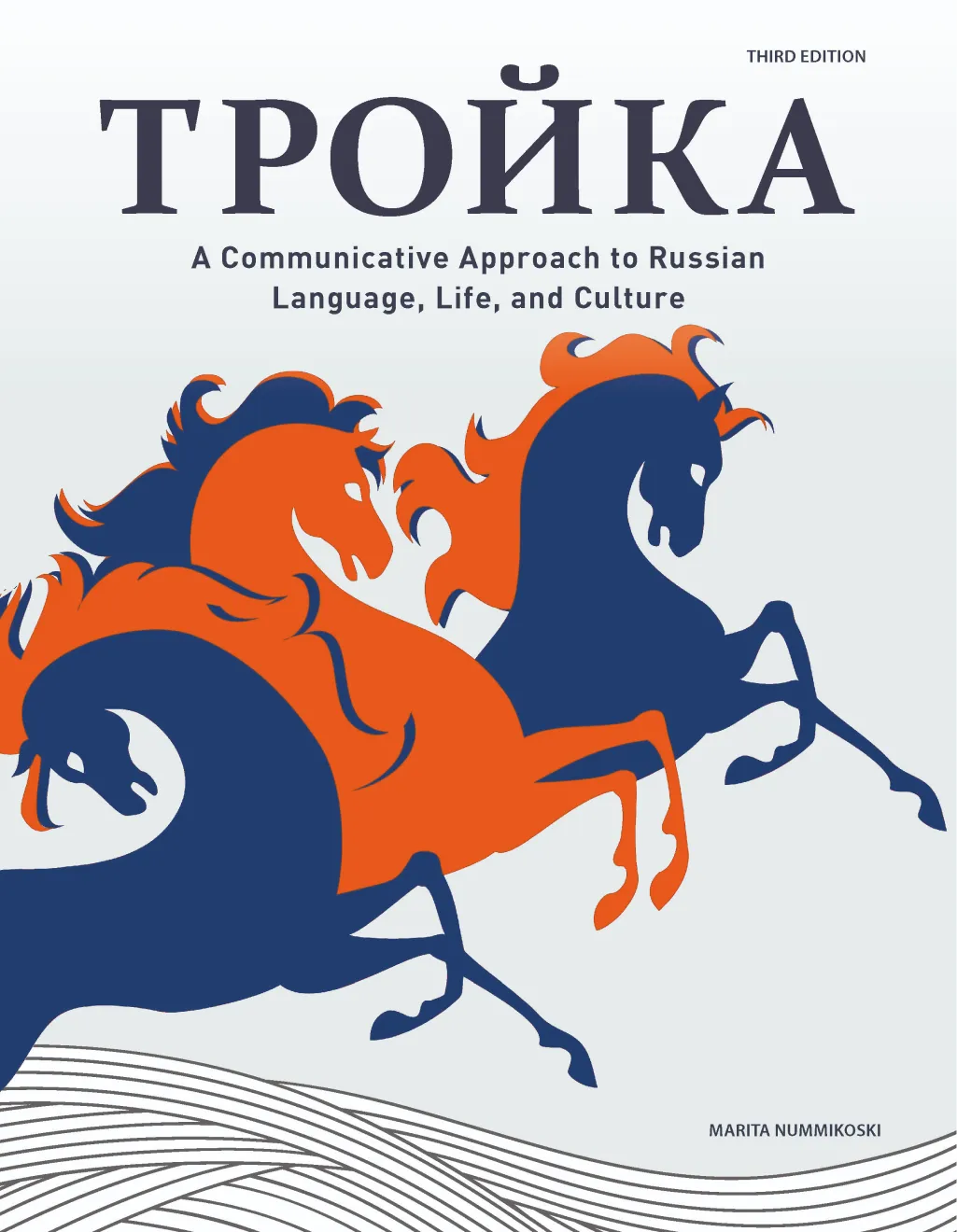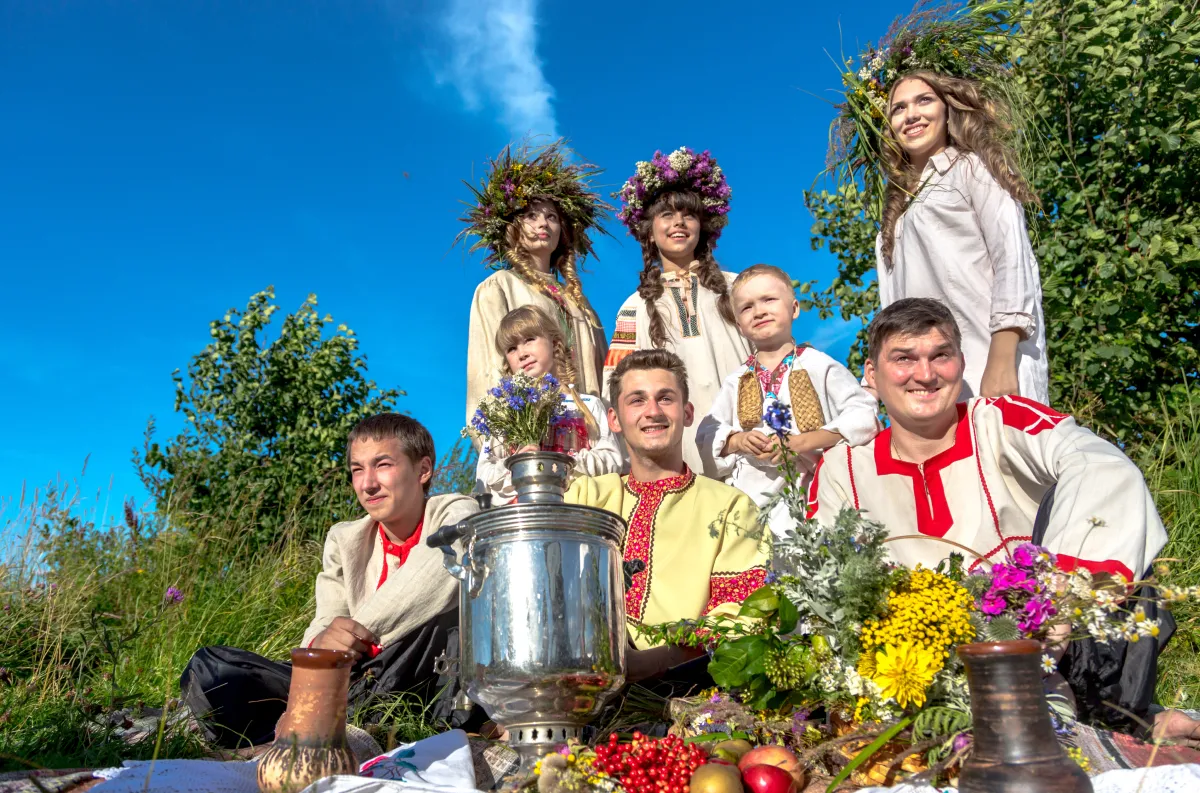

Program Features
Logical Sequence Provides a Clear Roadmap
The syllabus of Troika, 3rd Edition, is based on topics and communicative situations that gradually increase in complexity. The topics are sequenced according to a feasible order of grammar presentation. This logical progression ensures that learners build a strong foundation before moving on to more advanced themes. The gradual integration of listening, speaking, reading, and writing skills complements the learners’ evolving proficiency.
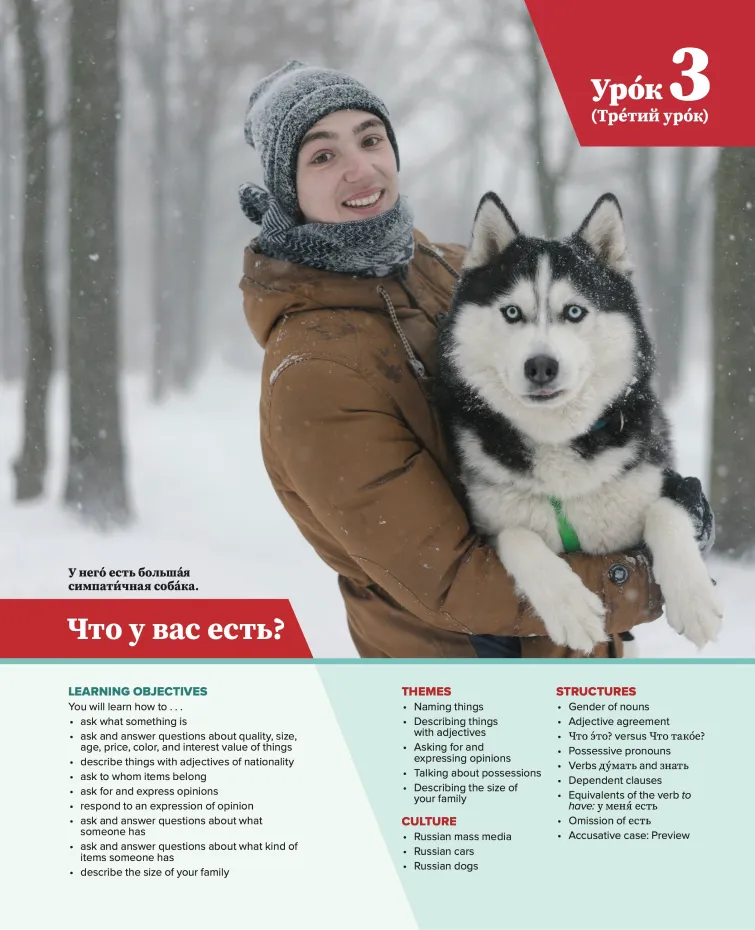
Relatable Themes Enhance Engagement
The themes and sub-themes in each lesson are relevant to students’ lives. These familiar topics increase engagement and motivation, making the learning experience more enjoyable. Themes that involve situations and scenarios that learners are likely to encounter in real-life situations prepare students to directly apply what they are learning. Vocabulary and grammar concepts presented in context help students retain the language and become more proficient.
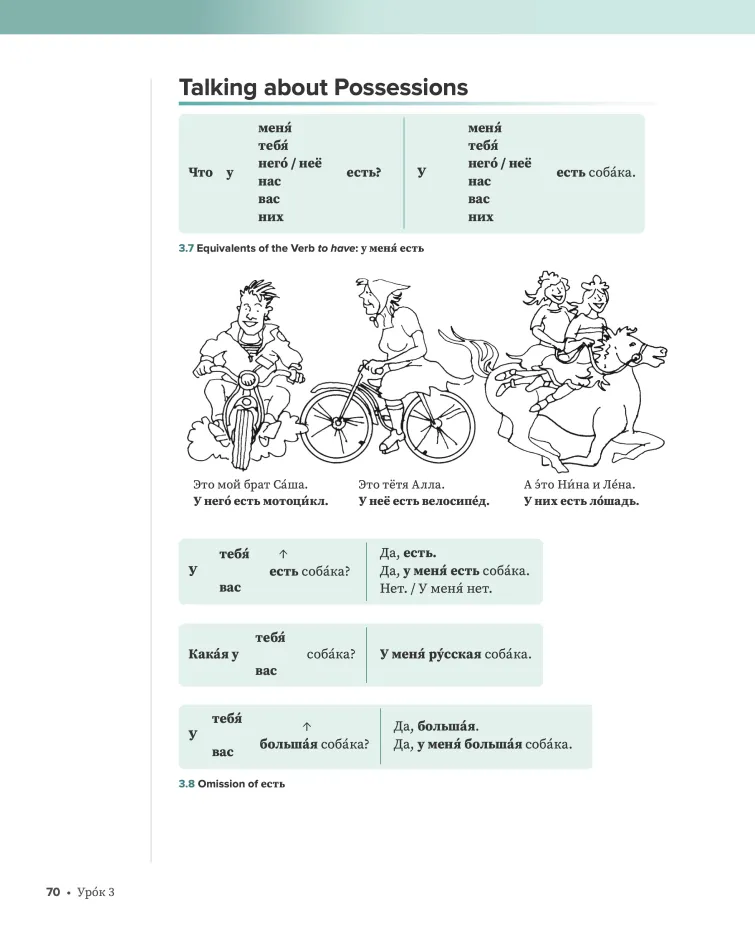
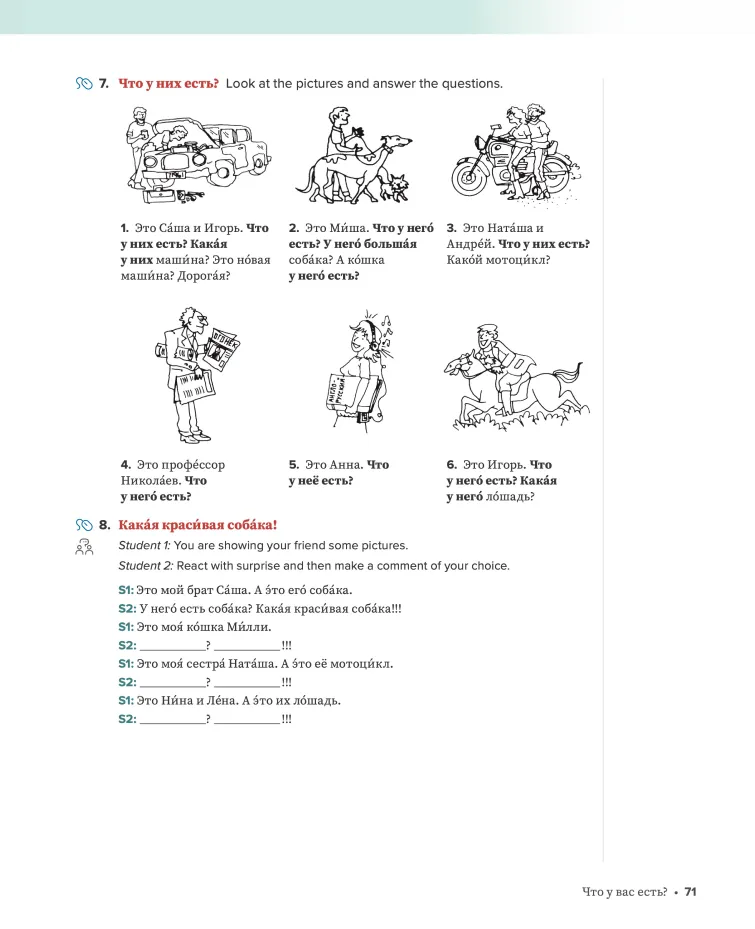
Grammar as a Tool for Communication
In Troika, 3rd Edition, grammar is intended to be self-instructional so that instructors can maximize class time allocated for communication practice.
In the main section of each lesson, conversational grammar structures are organized and presented in highlighted boxes that contain the core structural information. Notes under the information boxes refer to the corresponding grammar topic in the Structures section in which the material is discussed in depth.
Depending on the amount of grammar instruction necessary in the classroom, instructors have the flexibility to decide how best to use the Structures section. The grammar explanations are much more detailed, and the practice exercises are direct drill-type applications, also available as self-correcting online exercises.
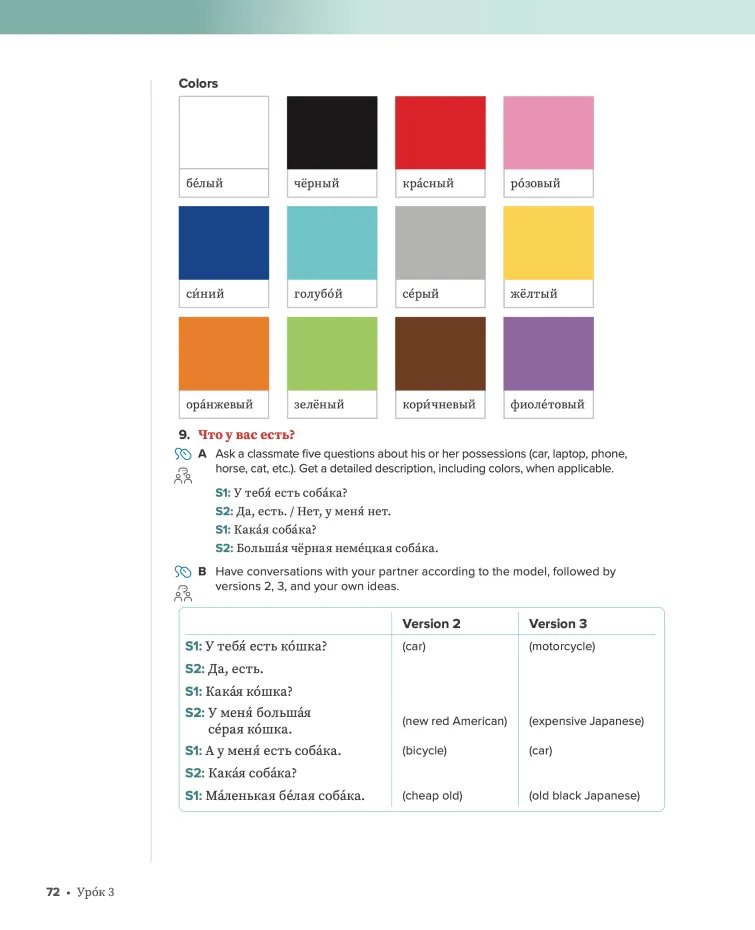
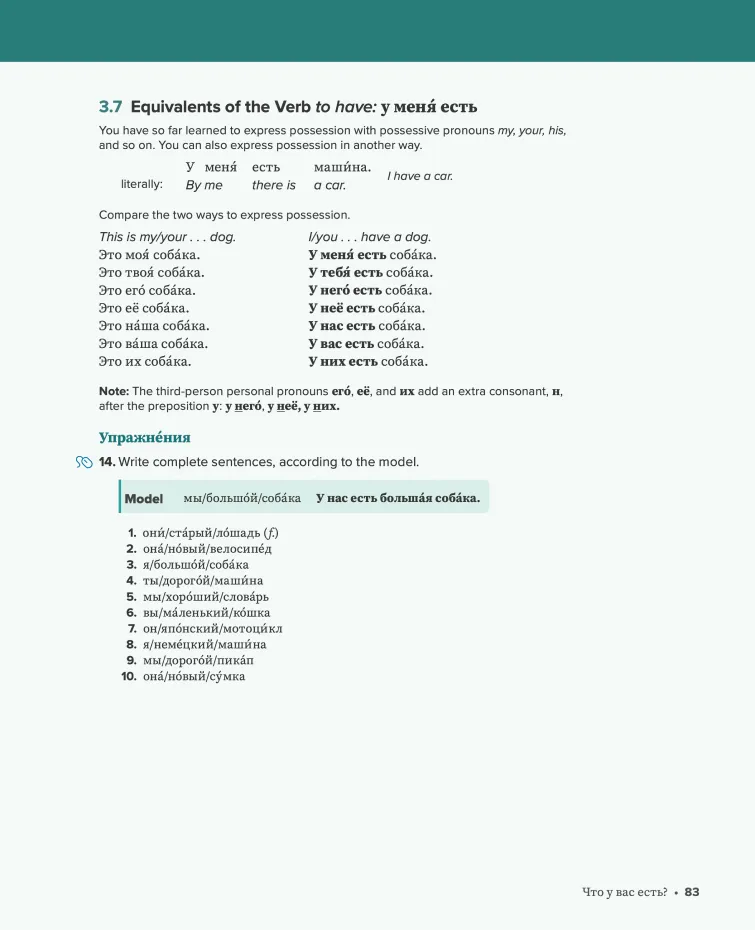
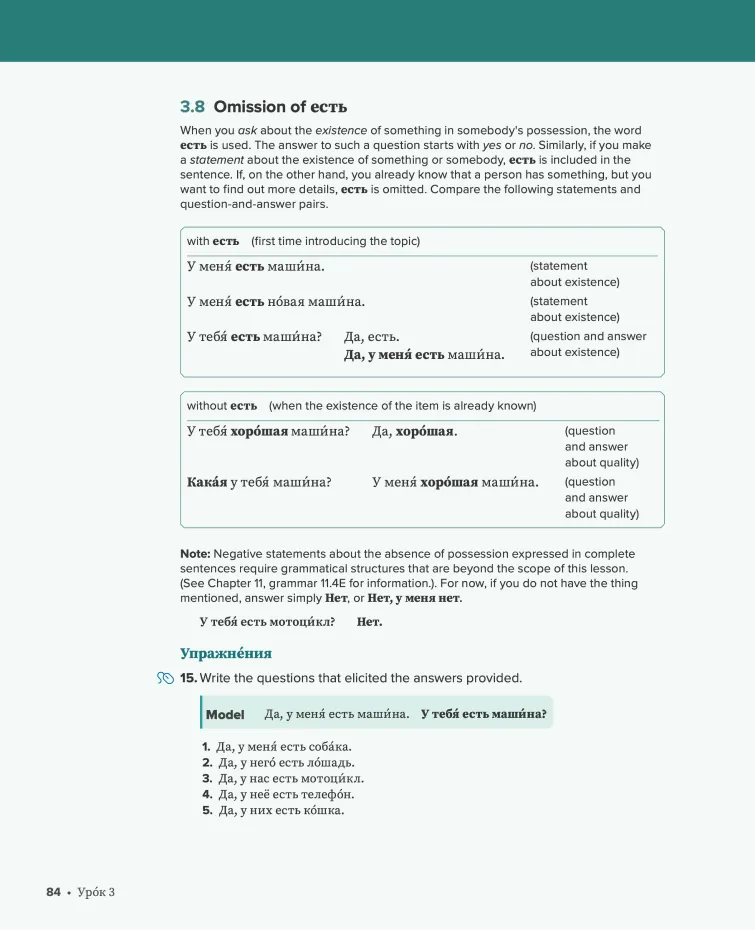
Integrated Russian Culture Enriches the Learning Experience
Culture is both intertwined in the material itself and presented in separate cultural notes. Troika aims at comparing and contrasting cultures, rather than presenting the target culture only. Information is given about famous people, facts, geography, traditions, and the history of the country, and students are asked to compare that information to their own lives and experiences.
Short cultural readings appear where they are most applicable to the theme. Dialogues and monologues are based on the chapter vocabulary, with only a few glossed vocabulary items. They can be used for all-class discussion, questions and answers, or for retelling, revising, and summarizing. Integrated culture makes the learning experience more meaningful, relevant, and enjoyable for students. It equips them not only with language skills, but also with the cultural competence needed to use the language in a global context.
